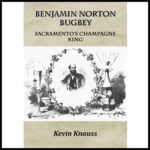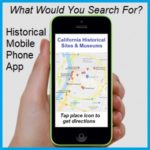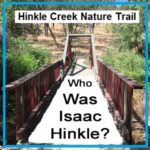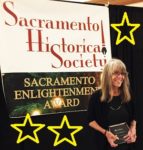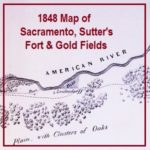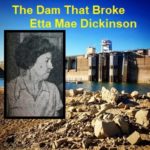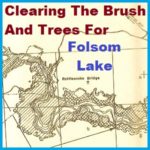My research took me to the Bancroft Library at UC Berkeley where I found some important letters and images of Bugbey’s Natoma Vineyard in El Dorado County. The letters, from a local Folsom resident, describe how the prevailing opinion of the town was that Bugbey himself had set the 1871 fire that burned several buildings including his wine storehouse. The gossip was that he was in financial troubles and needed the insurance money.

